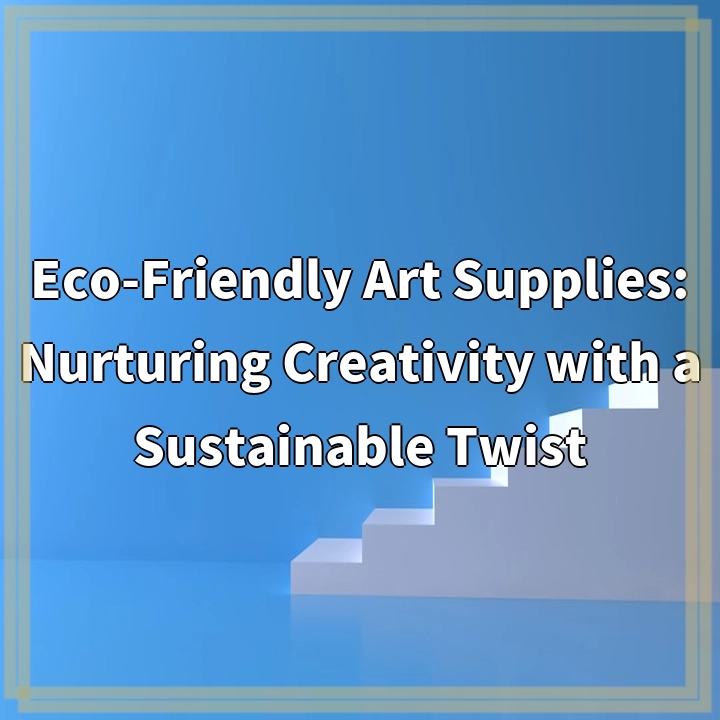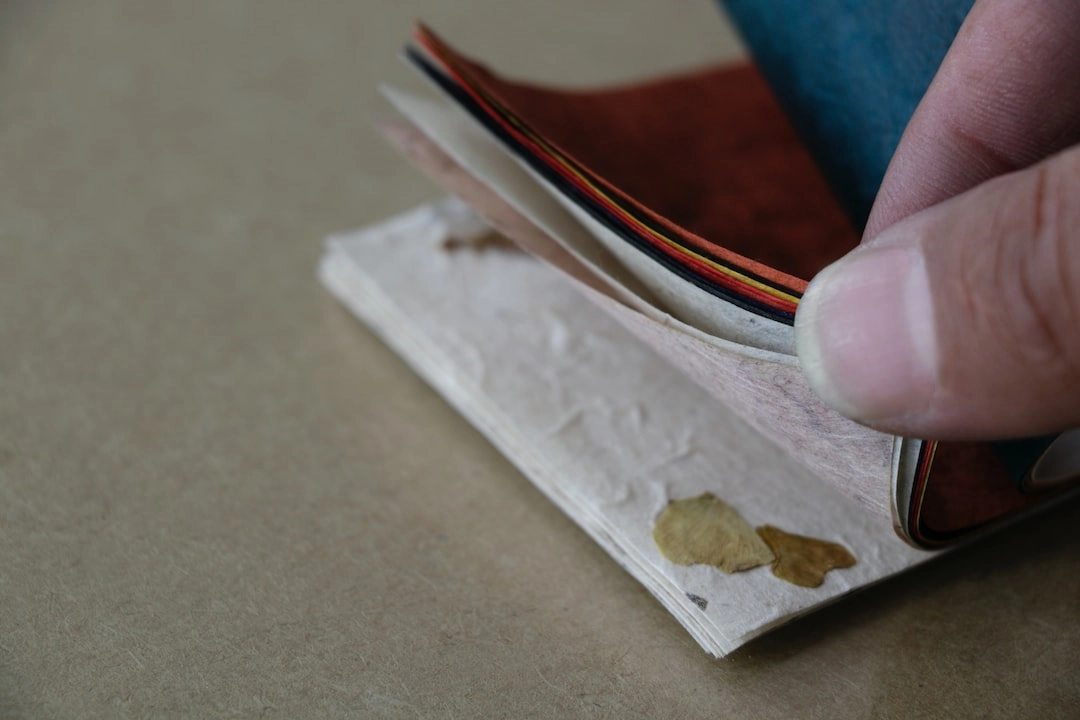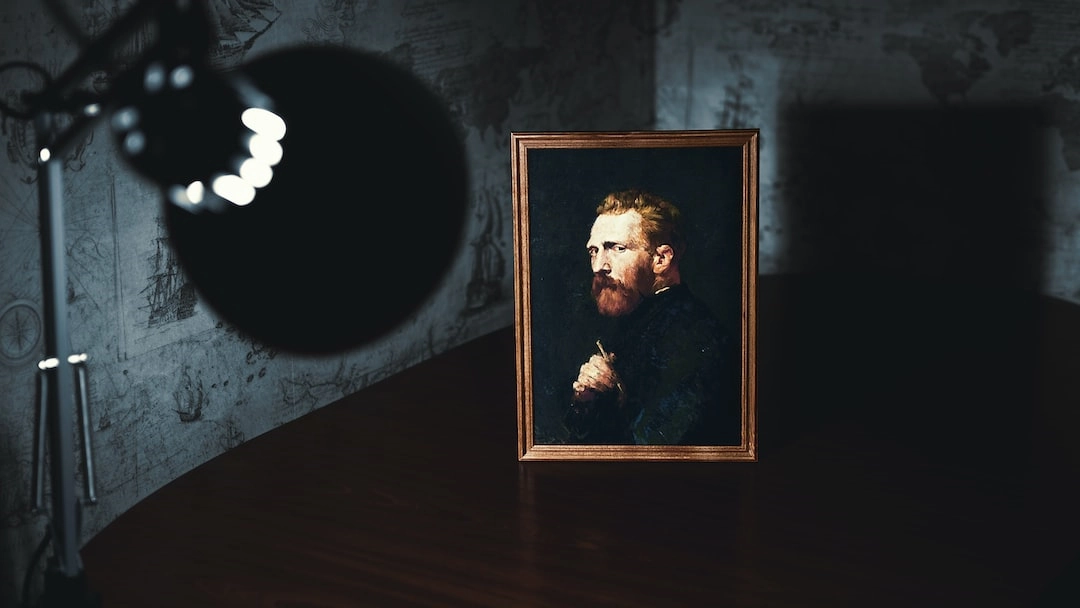
What are Eco-Friendly Art Supplies?
Eco-friendly art supplies are materials and tools that are specifically designed to have a minimal impact on the environment. These products are made using sustainable and renewable materials, and they are manufactured using environmentally friendly processes. They prioritize the health of both the artists and the planet by reducing toxins and waste in their production and use.
The Real-World Problems Associated with Conventional Art Supplies
While conventional art supplies have brought immense joy and creativity to artists throughout the years, they often come with a hidden environmental cost. Many traditional art materials are made using non-renewable resources and can have a detrimental impact on ecosystems and human health.
1. Toxic Ingredients
Conventional art supplies often contain toxic ingredients such as heavy metals, volatile organic compounds (VOCs), and chemicals that can cause harm to both artists and the environment. These harmful substances can be released during the production, use, and disposal of the materials, posing health risks to artists and contributing to air and water pollution.
2. Non-Renewable Resources
Many art supplies are crafted using non-renewable resources like petroleum, which deplete natural reserves and contribute to carbon emissions. The extraction and processing of these resources lead to habitat destruction, deforestation, and contribute to climate change.
3. Excessive Packaging
Traditional art supplies often come with excessive packaging, including plastic wraps, single-use containers, and non-recyclable materials. This generates a significant amount of waste that ends up in landfills or pollutes our ecosystems, taking hundreds of years to decompose.
4. Disposal Challenges
The disposal of conventional art supplies can be challenging and problematic. Many art materials cannot be recycled or require special handling due to their toxic nature. Improper disposal can lead to the release of harmful substances into the environment, affecting soil, waterways, and wildlife.
The Solution: Eco-Friendly Art Supplies
As awareness about environmental issues grows, so does the demand for eco-friendly alternatives, including art supplies. Manufacturers have started to innovate and develop creative solutions that prioritize sustainability without compromising on artistic quality. Eco-friendly art supplies offer a way for artists to express themselves while reducing their ecological footprint and supporting a healthier planet.

Solutions: Embracing Eco-Friendly Art Supplies
Artists and art enthusiasts can make a positive impact on the environment by embracing eco-friendly art supplies. These sustainable alternatives offer a range of benefits while still nurturing creativity. Here are some solutions to the environmental problems associated with conventional art supplies:
1. Non-Toxic Materials
Opt for art supplies made with non-toxic and natural ingredients. Look for water-based paints, natural dyes, and products that are free from heavy metals and harmful chemicals. This will ensure safer artistic practices and minimize the release of toxins into the environment.
2. Renewable and Recycled Resources
Choose art supplies made from renewable resources such as sustainably sourced wood, bamboo, or recycled materials. By supporting products made from natural or recycled materials, artists can actively contribute to conservation efforts and reduce their ecological impact.
3. Minimal Packaging
Select art supplies that come with minimal and eco-friendly packaging. Look for products with recycled or biodegradable packaging materials, or purchase supplies in bulk to reduce overall waste. By opting for conscientious packaging choices, artists can help reduce plastic waste and the carbon footprint associated with excessive packaging.
4. Proper Disposal and Recycling
Dispose of art supplies properly and responsibly, following guidelines specific to each material. Some supplies, like empty paint cans or brushes with synthetic bristles, can be recycled. Others, such as solvent-based products, may require hazardous waste disposal. By taking the time to understand proper disposal methods, artists can mitigate their impact on the environment.
5. Supporting Eco-Friendly Brands
Choose to support and purchase from brands that prioritize sustainability and eco-friendliness. Look for certifications and labels such as “non-toxic,” “renewable,” or “eco-friendly” when selecting art supplies. By intentionally supporting environmentally conscious companies, artists can encourage sustainable practices within the industry.
6. Spreading Awareness
Share your knowledge and passion for eco-friendly art supplies with others. Encourage fellow artists, friends, and art communities to consider the environmental impact of their creative practices. By spreading awareness and promoting sustainable alternatives, artists can inspire positive change on a larger scale.
Conclusion
Embracing eco-friendly art supplies offers a way for artists to express their creativity while minimizing their impact on the environment. By consciously choosing sustainable alternatives, artists can contribute to a healthier planet, support ethical practices, and inspire change within the art community and beyond.















